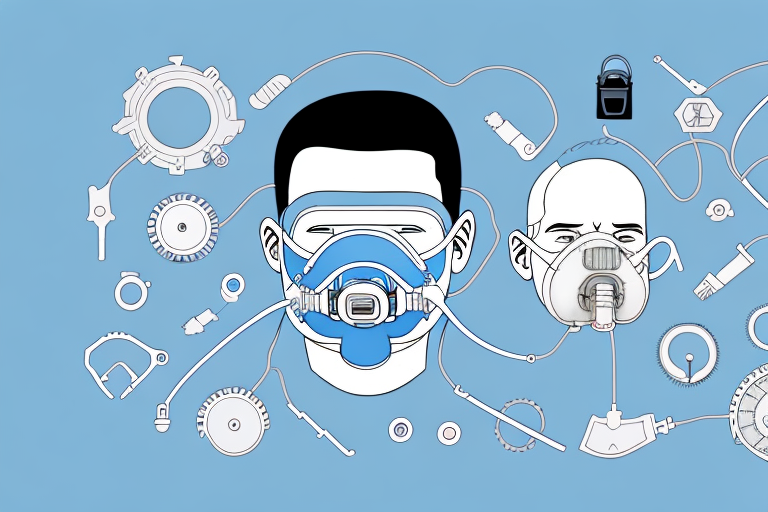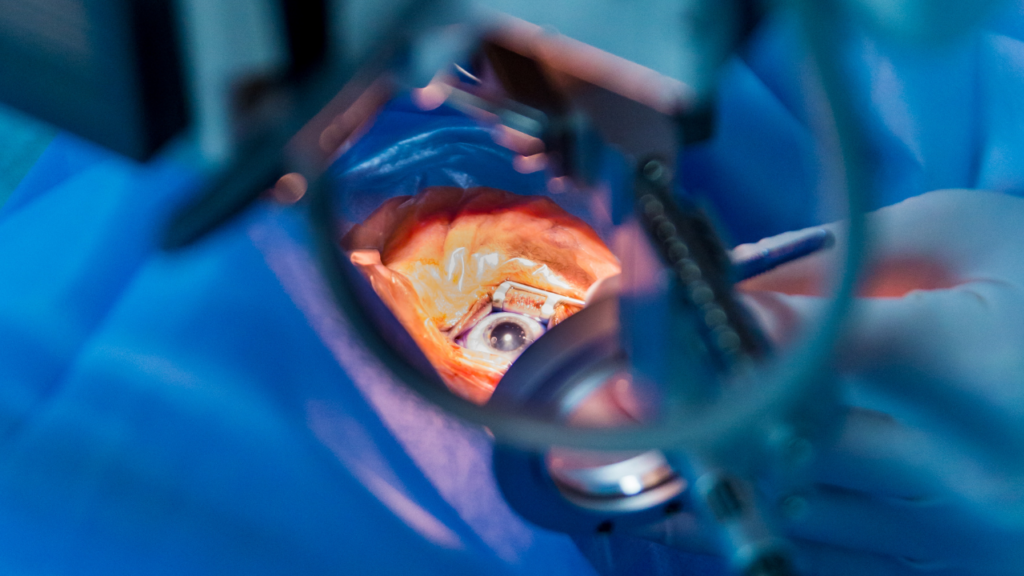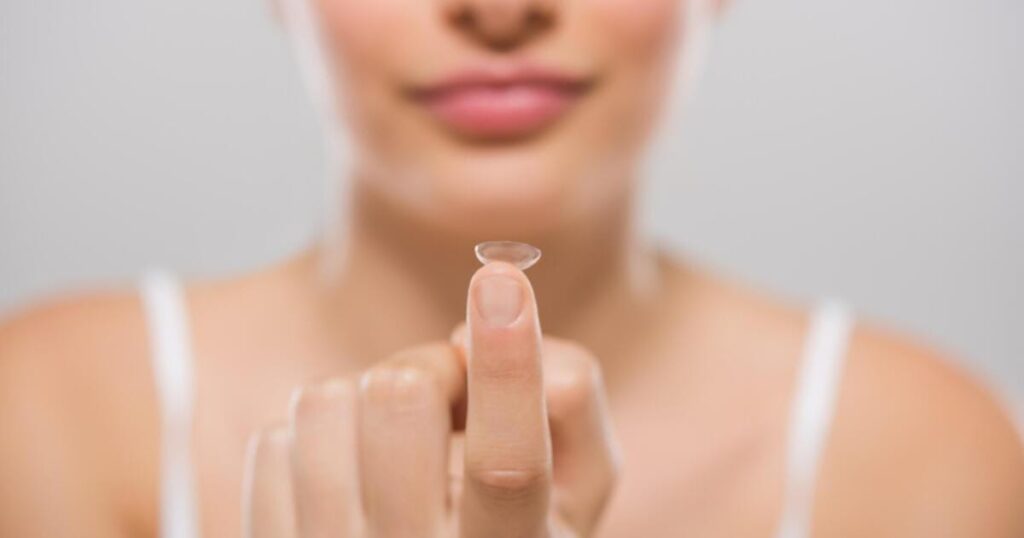Decoding the Features: An In-depth Look at CPAP Masks
If you suffer from sleep apnea, you may be familiar with Continuous Positive Airway Pressure (CPAP) therapy. This treatment involves wearing a CPAP mask while you sleep to continuously deliver oxygen and help you breathe easier. While CPAP therapy can be life-changing for sleep apnea sufferers, choosing the right mask can be a daunting task. …
Decoding the Features: An In-depth Look at CPAP Masks Read More »








